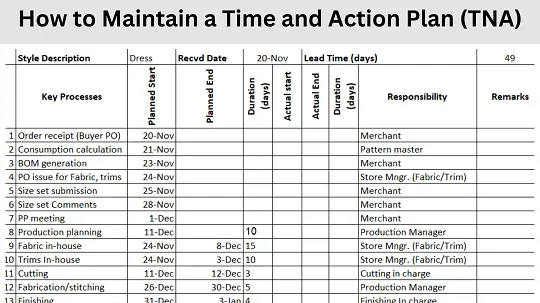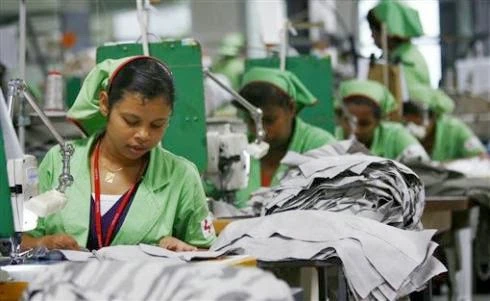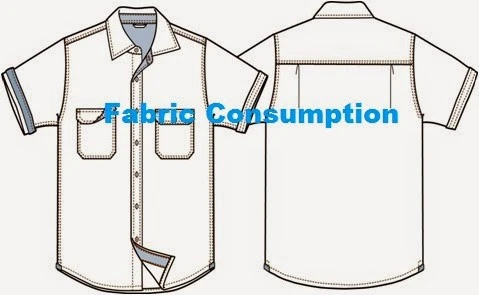How to Maintain Time and Action Plan (TNA) in Apparel Industry
How to Maintain Time and Action Plan (TNA) in Apparel Industry A Time and Action Plan (TNA) is crucial for smooth operations in the apparel industry. It ensures orders are delivered on time and helps manage the entire production process effectively. This is a very useful and ultimate tool for the apparel merchandiser. In this[…]






